Air Choke vs Blood Choke: The Best Choke to Use in a Fight
A choke is actually a lot safer than many other techniques for knocking someone out. That’s because the chance of him falling, breaking his skull on the pavement, and dying are significantly lower after a choke than after a massive Sunday punch.
There are two primary sorts of chokes: blood chokes and air chokes. However, they aren’t made equal. One form of choking is much faster, more powerful, and – strangely – also safer for your opponent.
What Is A Blood Choke?

In short, a blood choke is a type of chokehold that cuts off the supply of oxygen to the brain by compressing the carotid arteries. This can cause loss of consciousness in as little as five seconds, making it a very effective technique in self-defense situations. Blood chokes are often used in mixed martial arts competitions as well.
There are several ways to apply a blood choke, but the most common are the rear naked choke, the front naked choke, and the triangle choke. Blood chokes are relatively safe compared to other techniques like knockout punches, and they usually only cause temporary unconsciousness. However, it is important to release the choke as soon as the opponent passes out, as continued compression can cause serious damage.
The good news is that it is a safe choke from both a legal and training partner perspective. It is safer than knocking someone out with a punch. As long as you release it in time and don’t leave your opponent lying flat on his back where he could choke on his tongue, you will be safe.
Once you release the choke the other guy almost always wakes back up again, not too much worse for the wear. By which time hopefully you have made your escape and are long gone.
What Is An Air Choke?
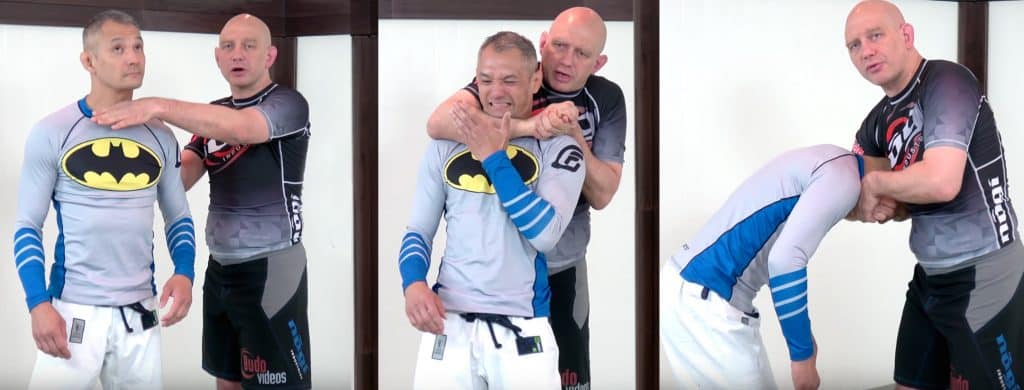
In an air choke you attack the front of the neck, applying pressure to the relatively delicate trachea area.
An air choke is a chokehold that blocks the windpipe and restricts breathing. It is more painful and dangerous than a blood choke, but takes longer to render an opponent unconscious. In a real fight, an air choke would take longer to knock someone out than a blood choke. The danger of an air choke is that it can crush the larynx and trachea, which is a life-threatening emergency. Both styles of choke are effective, but a blood choke would be the better choice in a self-defense situation.
However, in a real fight, when someone’s pain tolerance is high, it takes longer to knock them out with an air choke than with a blood choke. After all, most people can hold their breath for at least 30 to 60 seconds before they lose consciousness.
One way to use an air choke is shown below. This was done by Josh Barnett in a superfight against Dean Lister. Barnett did not touch Lister’s windpipe but instead compressed the air from his stomach. As Barnett puts it, the choke is ‘similar to drowning’. It should be noted though, that this choke is very rare.
What Is Best, a blood choke or an air choke?
Air chokes are seen as less effective and more painful than blood chokes, while blood chokes are more clean and efficient. However, air chokes can still be a viable choking method, especially in competition where referees cannot tell the difference between an air choke and a blood choke. Ultimately, the blood choke is seen as being superior to the air choke due to its effectiveness and lack of pain inflicted on the opponent.
Some people in the BJJ community don’t like air chokes because they can do more damage than blood chokes. People also think they are less technical and more brute force than technique. This doesn’t mean that air chokes are illegal. There’s no way for a referee to tell what is an air and blood choke during a competition. Only the person being choked will be able to tell.
Can you breath in a blood choke?
You can still breathe, but the pressure’s on the two sides of your neck. And the point there is to press down on the arteries leading to brain, briefly cutting off the flow of blood to your brain and causing the person to pass out for a few seconds – long enough for a police officer to cuff that person.
Are blood chokes safer?
Blood-chokes are especially safe. Unless one is applied to an unconscious individual for three minutes or more, which does not happen by accident, they are generally harmless. An overzealous application of an air-choke, however, can certainly injure a person; an extremely vicious use could kill.
Do blood chokes hurt?
This is usually a relatively painless procedure, so when adrenaline is flowing your opponent may not even realise that he’s been fully checkmated until it’s too late and he slumps unconscious.
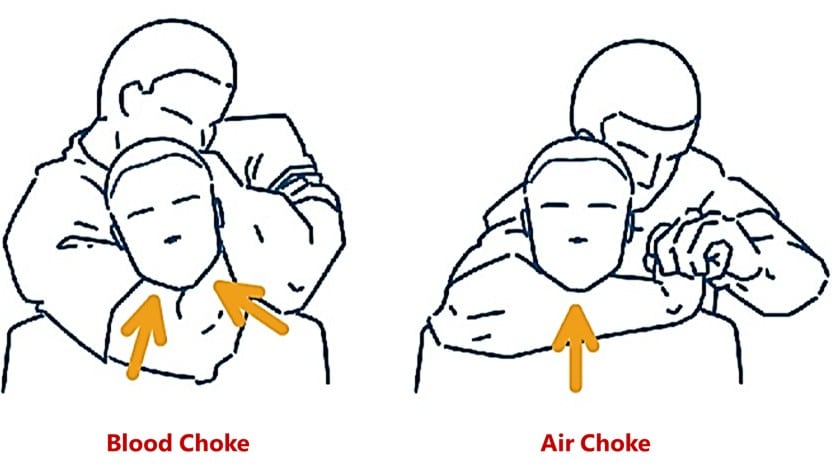
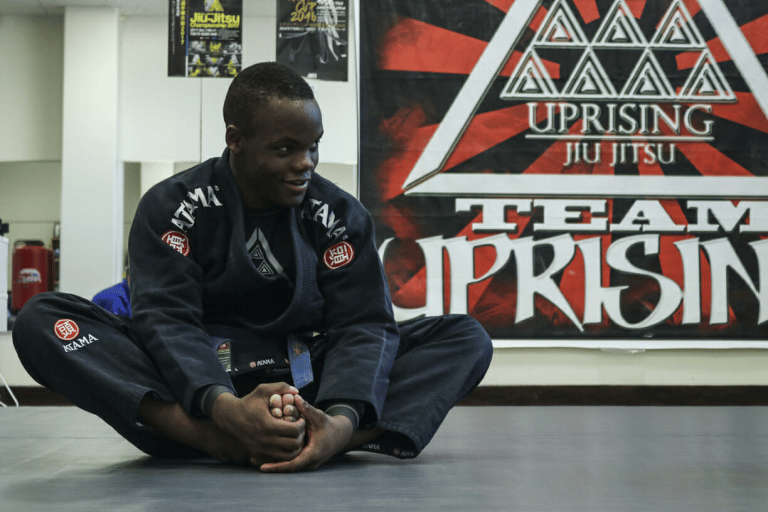
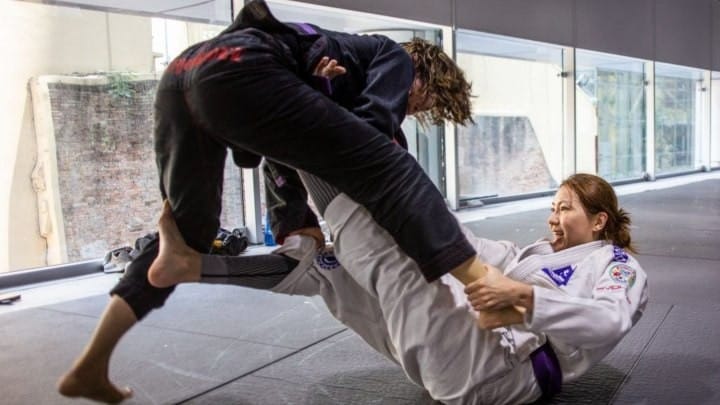

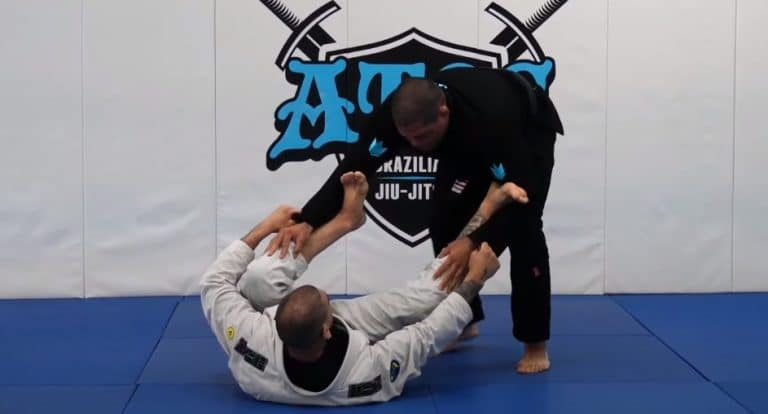
Writing that ”Blood chokes are especially safe, is load of horse dung.
No choking method is safe. NOT A ONE. And every time someone is choked to out, you have no idea what it does to the brain. It could be tiny way inside the brain and not show up for years.
There is no safe way to choke someone. I understand martial arts. But you really shouldn’t put the idea out that anything to do w choking is safe, safer, safest.
Thank uou
Riding a motorbike, flying a plane and doing extreme sports is also not safe. I think you misunderstood the point of this article, but thanks for your feedback, I’ll keep it in mind.